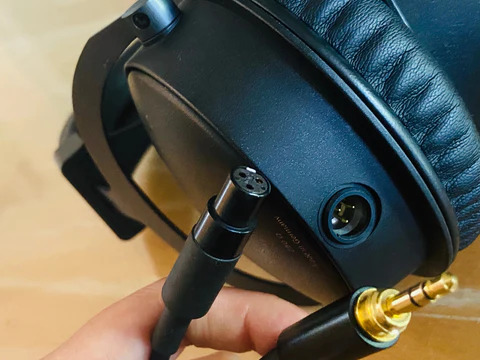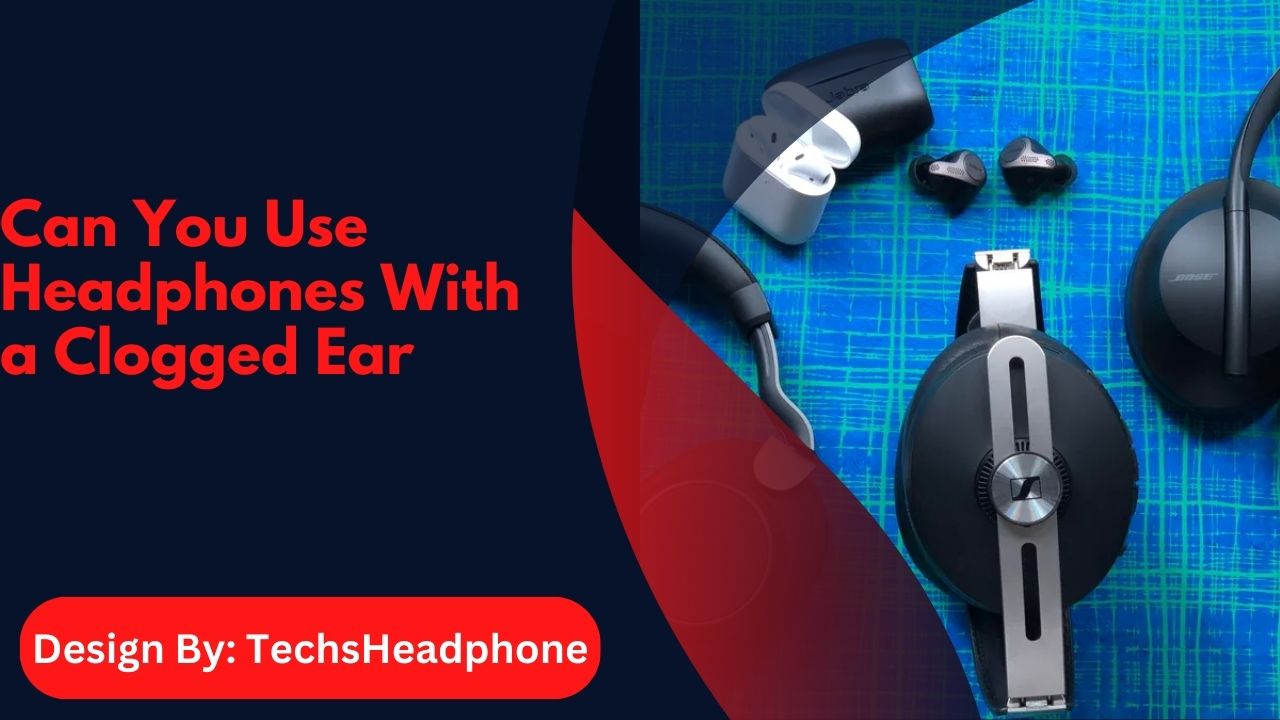Headphone wires are criticized for their fragility and breakage due to bending and stress. Proper care and protective measures can extend their lifespan.
Headphone wires can be annoying because they often tangle and break easily. They might also have poor sound quality if they get damaged. Thin wires can wear out quickly. Some wires aren’t well protected, which can affect the sound. Choosing better cables or going wireless can help with these problems.
Headphone wires, while essential for listening to music or taking calls, are often criticized for their fragility. Many users experience frustration when these wires tangle, break, or stop working altogether. Despite advancements in wireless technology, wired headphones remain popular due to their sound quality and affordability. However, their durability is a common issue. Understanding why headphone wires fail and how to fix or prevent these problems can save you time and money. This article will explore the common issues with headphone wires and provide tips on fixing and caring for them to extend their lifespan.
What Do You Need to Fix Headphone Wires:
Fixing headphone wires requires a few essential tools. A soldering iron and solder are necessary for reconnecting broken wires. Wire strippers are needed to remove the insulation without damaging the internal wires.
Heat shrink tubing or electrical tape is used to insulate and protect the repaired section. A multimeter can be helpful to check if the wires are functioning correctly after the repair. Lastly, a replacement jack plug might be required if the issue lies with the plug itself. With these tools, you can effectively repair most common headphone wire issues.
How to Fix Wired Headphones:

To fix wired headphones, start by identifying the problem area, often near the plug or earpiece.To remove the damaged piece, use wire cutters. Take off the insulation on the ends of the wire, about half an inch. Twist the corresponding wires together, ensuring a good connection.
Solder the wires to secure the connection. Insulate the repaired section using heat shrink tubing or electrical tape. Test the headphones to make sure the repair was successful. If the sound is clear and consistent, you can reassemble the headphones and enjoy your music again.
Why Do Headphone Wires Often Fail:
Headphone wires fail due to constant bending and flexing, particularly near the plug or where the wire connects to the earpieces. The thinness of the wires makes them prone to breakage. Poor strain relief at connection points also contributes to wire failure.
Environmental factors like moisture and extreme temperatures can degrade the insulation and internal components, leading to failure. Rough handling, such as yanking the wire or wrapping it too tightly, also causes damage over time. Understanding these factors can help you take better care of your headphone wires to prevent premature failure.
The Trouble with Headphone Wires: Exploring the Fragility
Headphone wires are fragile because they are designed to be thin and flexible for portability. This design makes them vulnerable to damage. Bending, twisting, and wrapping the wires frequently leads to internal stress and eventual breakage.
Many people also mishandle their headphones, such as stuffing them into pockets or bags, which adds to the wear and tear. Cheaper headphones are more susceptible to damage due to lower-quality materials.
Even expensive models face similar issues because the focus on comfort and aesthetics often compromises durability. These factors contribute to the frustration users feel with headphone wires.
Also read: Speakers and Headphones can Connect to Devices Using – A Complete Guide!
Why Do Headphone Wires Break So Easily Common Problems Explained:
Headphone wires break easily for several reasons. Insufficient insulation and weak solder joints are common problems. The insulation protects the internal wires, but it wears down with use, exposing the wires to damage. Weak solder joints, especially in budget headphones, can come apart easily.
Mechanical stress from tugging, bending, or wrapping the wire tightly can cause the internal copper strands to fracture. Lack of adequate strain relief means stress is not absorbed, leading to breakage. Understanding these issues can help you take better care of your headphones to prevent wire damage.
What Makes Headphone Wires So Bad Issues Behind the Frustration:
The frustration with headphone wires stems from their design and materials. Manufacturers prioritize making headphones lightweight and portable, often at the expense of durability. The wires are typically made from thin copper strands that break easily.
To keep the headphones light, the insulation and protective layers are minimal, making the wires susceptible to damage. Many headphones lack proper strain relief, making the connection points weak and prone to breaking. This combination of factors leads to a product that is prone to failure, causing users to frequently replace or repair their headphones.
Why Are Headphone Wires So Fragile Common Complaints:
Headphone wires are fragile due to design and material limitations. The trend toward smaller, more portable devices has led to the use of thinner wires, which are more prone to breakage. Many manufacturers use cheaper materials to keep costs down, but these materials don’t hold up well under stress.
The wires are constantly bent, pulled, and tangled, which weakens them. Common complaints include wires breaking near the plug or earpiece, where the strain is greatest. Lack of reinforcement at these points makes them more vulnerable to damage, leading to frequent frustration for users.
Why Are Headphone Wires So Bad and How to Prevent Damage:
Headphone wires are fragile by design, but you can take steps to prevent damage. Avoid tight bends and loops, especially near the plug and earpieces, as these areas are most prone to breaking. Store your headphones in a protective case when not in use to prevent tangling and crushing.
Applying strain relief with heat shrink tubing or electrical tape can add extra protection. When unplugging, grip the plug itself rather than pulling on the wire. Investing in higher-quality headphones with better materials and design features can also help. These practices can reduce the likelihood of premature wire failure.
How to Care for Your Headphone Cables:
Proper care of your headphone cables can extend their lifespan. Avoid overstretching the cables, as pulling them too tight can cause internal wires to break. Regularly inspect the cables for signs of wear, such as exposed conductors or frayed insulation. Keep your cables clean, as dirt and grime can degrade the materials over time.
Use cable management accessories to keep your cables neat and tangle-free. This reduces stress on the wires and prevents damage. By following these simple care tips, you can help ensure that your headphone cables last longer and continue to provide great sound quality.
How to Make Your Headphone Cables Last Longer:

To make your headphone cables last longer, handle them with care and protect them from damage. Avoid knots and tangles by loosely coiling the wire when not in use. Applying protective coatings, such as silicone or a fabric sleeve, adds an extra layer of protection.
Keep your cables clean, as dirt and grime can cause wear over time. Invest in a good-quality case for your headphones to protect them when not in use. Taking these precautions can help you enjoy your wired headphones for a longer period and avoid the frustration of frequent replacements.
FAQ’s:
1. Why do headphone wires break so easily?
Headphone wires break easily due to constant bending, lack of strain relief, and the use of thin, fragile materials.
2. How can I fix my broken headphone wires?
You can fix broken headphone wires by stripping the insulation, reconnecting the wires, soldering them, and using heat shrink tubing for protection.
3. What tools are needed to repair headphone wires?
Essential tools include a soldering iron, wire strippers, heat shrink tubing, electrical tape, and a multimeter.
4. How can I prevent my headphone wires from breaking?
Prevent damage by avoiding tight bends, using a protective case, and applying strain relief to the wires.
5. Why are headphone wires so fragile?
Headphone wires are fragile because they are designed to be thin and flexible, making them prone to damage from frequent bending and stress.
Conclusion:
In conclusion, headphone wires often break because their thin, flexible design cannot handle constant bending and twisting. To extend their lifespan, it’s crucial to understand common issues and apply proper care. Regular maintenance, careful handling, and protective measures help avoid frequent repairs and reduce frustration.



